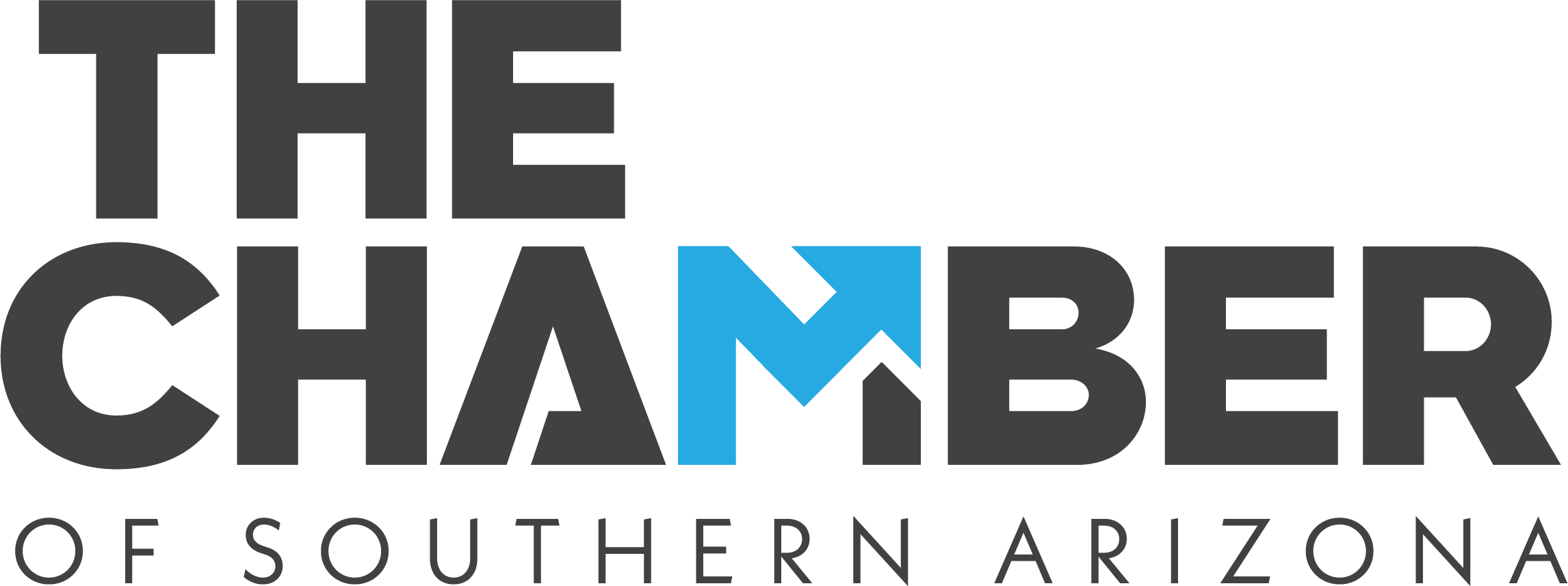Water

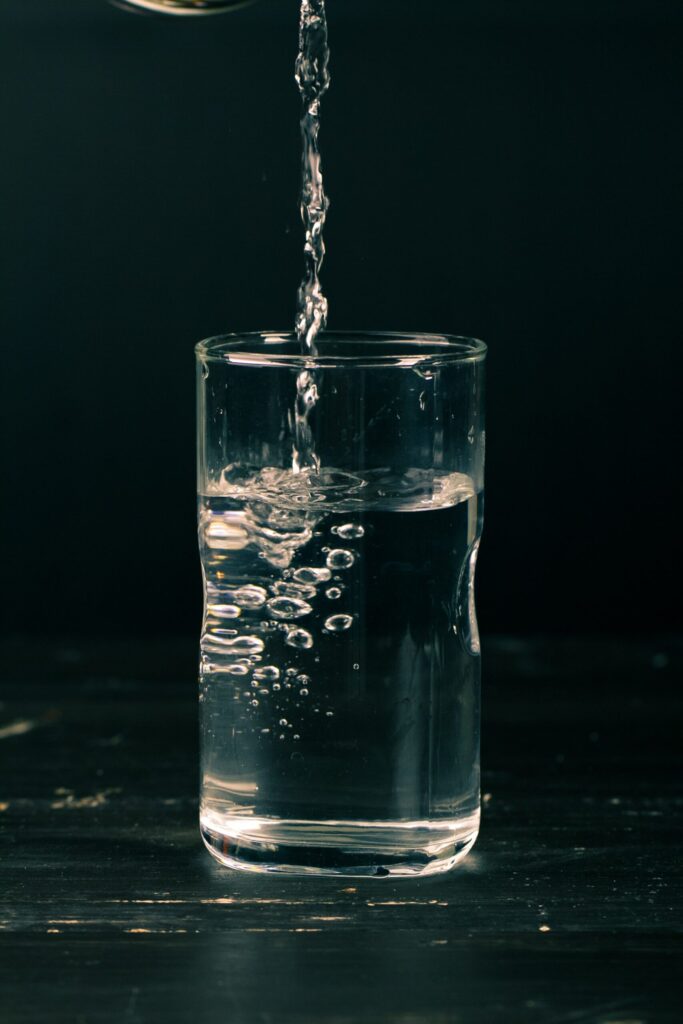
A SMART WATER FUTURE IS A SECURE WATER FUTURE
The Tucson region is part of the Sonoran Desert, the wettest and most biodiverse desert in North America. The summer and winter rains not only provide remarkable and perhaps surprising greenery in the desert — they also allow for thriving growth and development. When coupled with smart conservation and reclamation technologies, the Tucson region’s water future is undoubtedly secure.
SMART USE, SMART GROWTH
The Tucson region’s water supplies are among the most robust in the state, thanks to decades-long efforts to conserve and use water smartly. Despite nearly doubling in population, the region uses the same amount of water that it did in the 1990s.
This longstanding smart-use ethic has resulted in a stable water supply that can now be strategically employed for economic development.
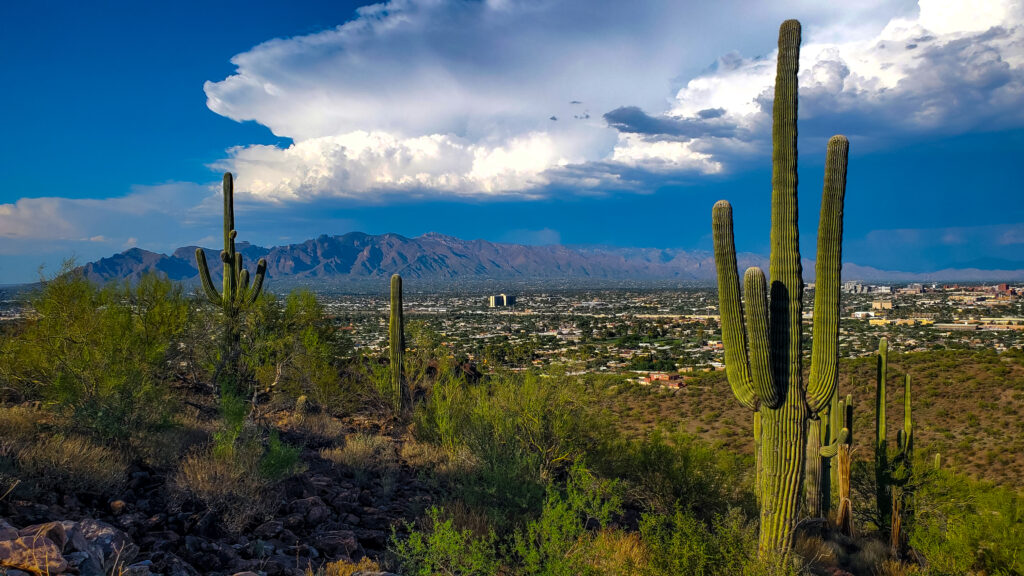

“We are positioned well in the southwestern U.S. for expanding industrial & commercial activity.”
Tucson Water Director John Kmiec
QUICK FACTS
Tucson saves a third of its Colorado River water allotment each year, which has amounted to over five years’ worth of river water in addition to its groundwater rights.
Tucson has among the lowest water consumption per person of any city in the Southwest.
Tucson’s Water Conservation Program has saved over 3.5 billion gallons of water since 2009. 
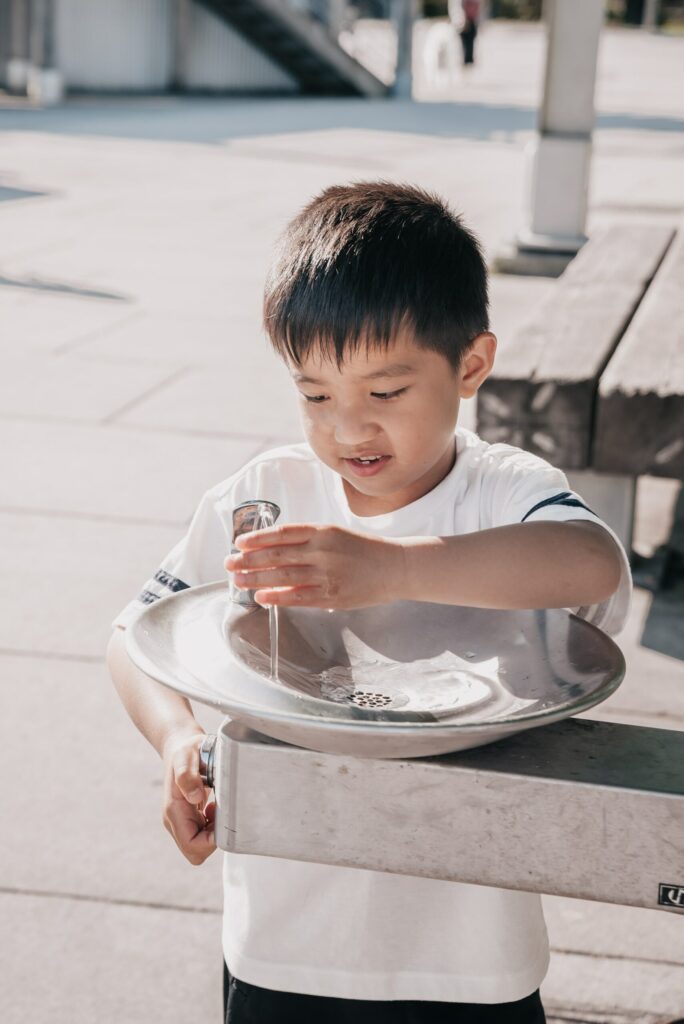

RESOURCE MANAGEMENT
Water management in the Tucson region includes providing, protecting, and restoring water to natural areas and the environment to boost tourism, property values, economic vitality, and quality-of-life benefits for residents.
Most of the region’s water providers are within the Tucson Active Management Area (AMA), one of five created in 1980 to preserve the state’s underground water supplies in its most populated areas. The Arizona Department of Water Resources (ADWR) requires every water provider in an AMA to show a 100-year “assured water supply” before new development can be approved.
Water providers must renew their Designation of Assured Water Supply with ADWR every 10 years, which aligns with the release of a new management plan for the AMA.
To be certified, providers must show:
- updated modeling to ensure the continuous 100-year supply
- continued entitlement to surface water deliveries or reclaimed water
- ability to deliver and treat water reliability
- consistency with the AMA’s requirements
WATER SOURCES
Water providers’ resource portfolios have a mix of groundwater, reclaimed (recycled) water, and surface water, which primarily consists of Colorado River water that’s delivered via more than 300 miles (~480 km) of canals and pipes owned and maintained by the Central Arizona Project, a regional entity serving areas from Phoenix to south of Tucson.
When more water is recycled and/or delivered than a provider’s customers use, that water can be stored in a basin, also called a “recharge” facility, for later use, which further reduces the need to pump groundwater. Recharging Colorado River water to local aquifers has raised groundwater levels significantly in some parts of the Tucson area, stabilizing the groundwater supply.


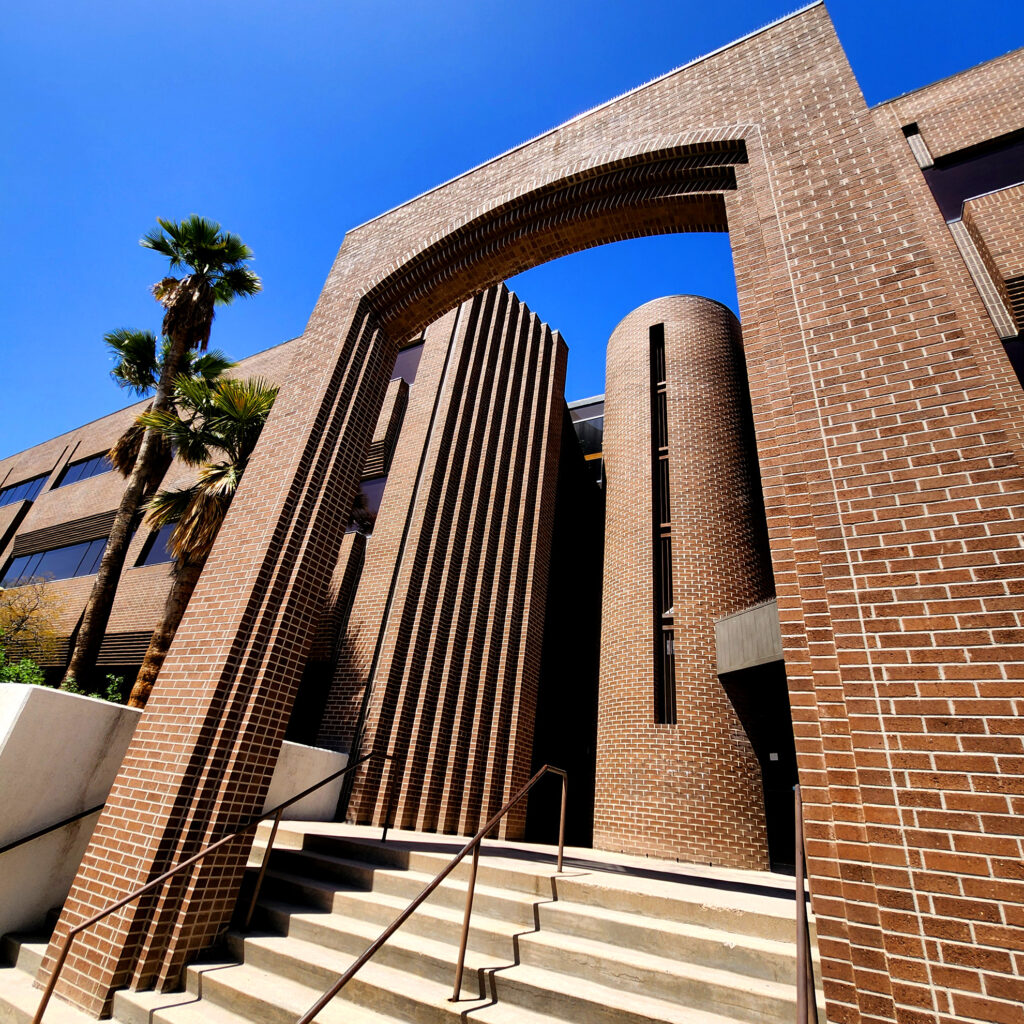

LONG-TERM PARTNERSHIPS
As populations have increased and water demands changed, water providers have leveraged conservation techniques and new infrastructure to protect underground aquifers and better use “renewable” sources, such as Colorado River water. One such project is the Northwest Recharge and Recovery Delivery System (NWRRDS), a partnership among water providers in Marana and Oro Valley. The new system will build 13 miles (~21 km) of pipeline and several wells to store Colorado River water nearer to where it’s used, which will directly reduce the need to pump groundwater and allow the aquifers to stabilize over the long term.
Sources
Tucson One Water 2100 Plan: https://tucsononewater.com/
University of Arizona Water Resources Research Center: https://wrrc.arizona.edu/publication/arizona-water-factsheet-pima-county
Central Arizona Project: https://knowyourwaternews.com/this-stakeholder-spotlight-is-a-collaboration-between-cap-and-pima-county-water-providers/
